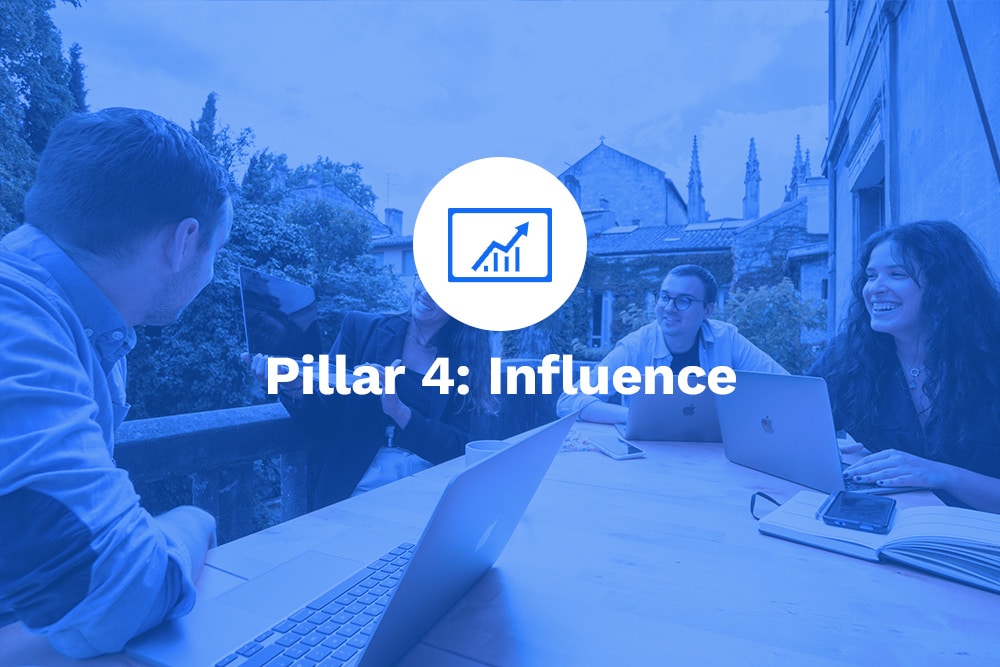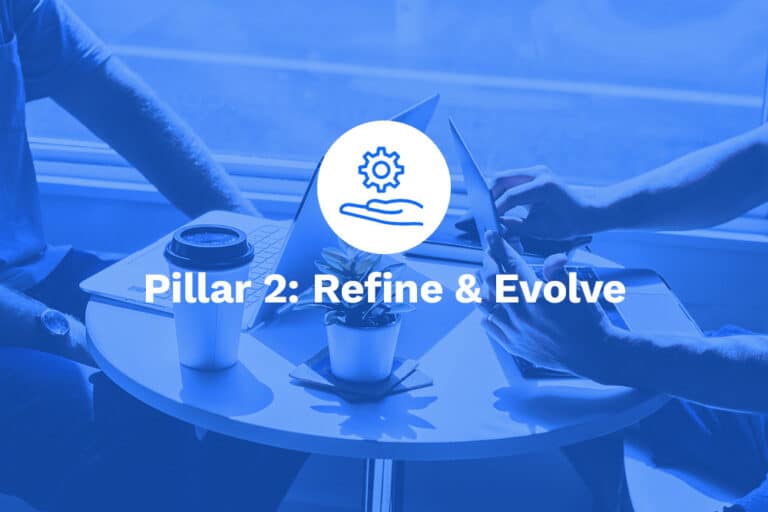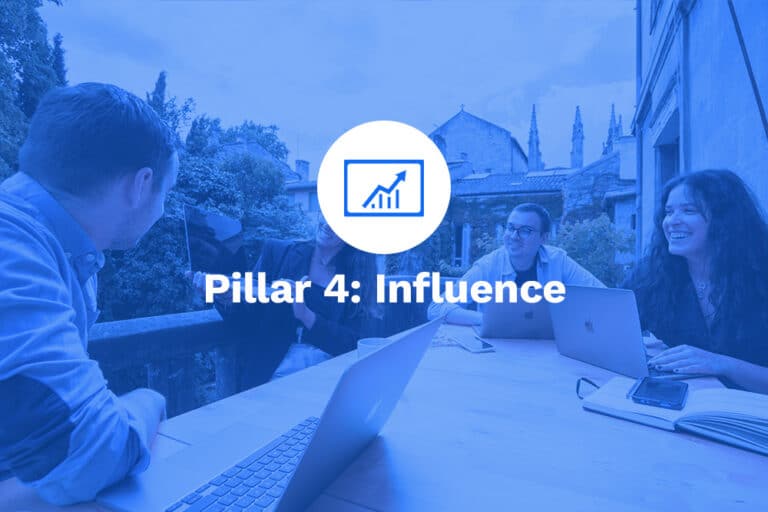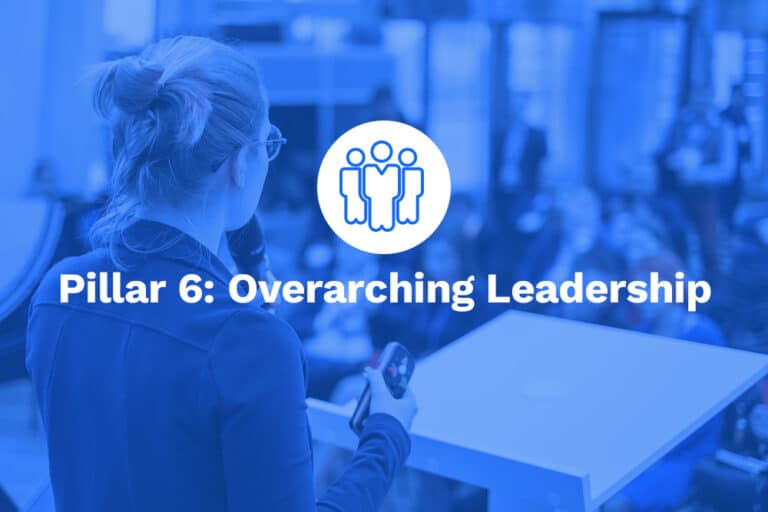5 Steps to Approach Hard Conversations: For People Leaders
Fast Grasps Series: Impactful time-saving tips to navigate your career
Navigating difficult conversations with employees is a critical competency for effective leadership. This article presents a 6-step framework designed to help leaders address tough issues with empathy and objectivity. By tackling problems early, avoiding defensive language, using specific examples, fostering collaboration, encouraging open dialogue, and aligning on the next steps, leaders can ensure fair and productive outcomes. This approach not only helps resolve issues quickly and efficiently but also boosts employee morale and maintains accountability. The result is a balanced and supportive work environment where both employees and the business can thrive.
The Issue:
Many leaders need help with having difficult conversations with employees. Typically, there are two main hurdles we see at Leader Loop:
- Dreading Hard Conversations: Leaders often feel uncomfortable initiating tough discussions, fearing confrontation or negative reactions. This dread can lead to procrastination, allowing problems to fester and grow. When issues are not addressed promptly, they can escalate, resulting in more significant performance or behavioral problems, increased tension, and a more challenging resolution process.
- Ineffective Approaches: On the other hand, some leaders might dive into hard conversations without a well-thought-out strategy, often aiming to get it over with quickly. They may not fully leverage competencies such as empathy, active listening, and clarity. This can lead to ineffective or counterproductive outcomes. Accusatory tones, unclear communication, and a lack of focus on the root problem can cause employees to become defensive, feel unfairly treated, or misunderstand the feedback, ultimately hampering any positive change.
Both of these scenarios are problematic because they prevent effective resolution and can damage the relationship between the manager and the employee. For the business, this means unresolved issues can lead to decreased productivity, poor team dynamics, and potentially higher turnover rates. For the employee, it can result in frustration, decreased morale, and a lack of trust in leadership.
The key is to approach these conversations with a balance of empathy and objectivity, leveraging key competencies to ensure both the employee’s well-being and the business’s needs are considered. By doing so, leaders can transform these challenging moments into opportunities for growth and improvement.
The Solution: A Quick 5-Step Framework
This is a competency-based approach to having effective hard conversations. It’s designed to help you navigate these tough moments with fairness and clarity, benefiting both your people and the business.
1. Have the Conversation Early
Problem: Avoiding hard conversations only makes things worse.
Solution: You must still put time into a thoughtful approach however you should tackle issues as soon as they arise. The longer you wait, the bigger the problem becomes. Giving feedback early and often helps keep minor issues from turning into major headaches. It may feel easier short term to wait but it is always more problematic as a manager to dig out of a deeper hole once you’ve let it fester.
Outcome: Speed to resolution is crucial in business. Quick fixes save time, money, and reduce frustration for everyone involved.
2. Avoid “Me Versus You” Positioning and Focus on “We”
Problem: Using “you” statements makes people defensive, and focusing solely on individual shortcomings can feel isolating and unproductive.
Solution: Assume positive intent and focus on the problem, not the person. Use inclusive language to discuss potential solutions. Start with empathetic phrases like, “I know this has been hard; how can we help?” and shift the focus to collaborative problem-solving. For example:
- Metric-Related Issues: If an employee’s sales numbers are down, say, “Our sales numbers have dropped this quarter. How can we work together to improve them?” rather than “Your sales numbers are down.”
- Behavior-Related Issues: If an employee is consistently late, say, “We’ve noticed a pattern of late task deliverables. Let’s figure out what’s causing this and how we can address it,” rather than “You’re always late.”
By focusing on the issue and collaborating on solutions, you set a fair and supportive foundation for the conversation.
It’s important to be clear that poor performance will have consequences, but approaching the conversation with empathy and objectivity ensures those consequences are understood and accepted as fair.
Outcome: Defusing tension early and fostering a partnership approach make future actions feel fair and justified. This method helps maintain accountability while encouraging a supportive and collaborative environment.
3. Be Specific and Use Examples
Problem: Vague feedback leads to confusion.
Solution: Use clear, specific examples to illustrate the issue. Whether it’s a missed deadline or a drop in performance, pinpoint the exact behavior or result that needs to change.
Outcome: Clear, actionable feedback leads to quicker and more effective resolutions. When employees know exactly what needs fixing, they can address it more efficiently.
4. Open Up a Dialogue
Problem: A one-sided conversation can make employees feel unheard.
Solution: Encourage an open dialogue by asking questions and listening actively. For example, “What’s happening, and how can we work together to improve this?” This gives employees a chance to share their side and be part of the solution.
Outcome: Employees feel valued and heard, which boosts morale and fosters a culture of continuous learning and growth.
5. Align on Next Steps
Problem: Without clear next steps, the conversation feels unresolved.
Solution: Agree on specific next steps, roles, target dates, and milestones. Make sure both parties understand their responsibilities and the timeline for improvement. This involves:
- Setting Clear Goals: Define what success looks like. Whether it’s hitting a performance target or improving a specific behavior, both parties need to be clear on the desired outcome.
- Defining Roles: Clarify what each person will do to achieve the goals. This might involve the leader providing additional support, resources, or training, and the employee taking specific actions to improve.
- Establishing Milestones: Break down the goal into smaller, manageable steps with deadlines. This allows for regular check-ins and adjustments as needed.
- Monitoring Progress: Schedule follow-up meetings to review progress, provide ongoing feedback, and make any necessary adjustments to the plan.
Outcome: A clear action plan accelerates resolution and ensures accountability, improving overall business efficiency. It also provides a structured path for improvement, helping the employee stay focused and motivated.
What It Unlocks
Speed to Resolution
- Impact: Speed matters in business. Faster issue resolution saves time and money, and reduces frustration. For example, quickly addressing a drop in conversion rates can prevent bigger revenue losses.
Employee Morale
- Impact: Employees who feel heard and supported are more engaged and motivated. Constructive feedback and support lead to improved performance and stronger commitment to the organization.
Alignment on Goals
- Impact: Clear next steps and shared goals enhance accountability and drive better performance. Regular check-ins ensure continuous improvement and alignment with business objectives.
Conclusion
Using this competency-based approach for tough conversations ensures that, regardless of the outcome, you can feel confident that you’ve handled the situation thoughtfully. This balanced method helps create a supportive and productive work environment where employees feel valued and the business can thrive.
About Leader Loop: Leader Loop crafts actionable, competency-focused articles to accelerate your career growth. Our expert-written content provides practical strategies for leadership, team management, and professional development. Whether you’re a seasoned manager or an ambitious individual contributor, our articles deliver the insights you need to excel in today’s workplace.




